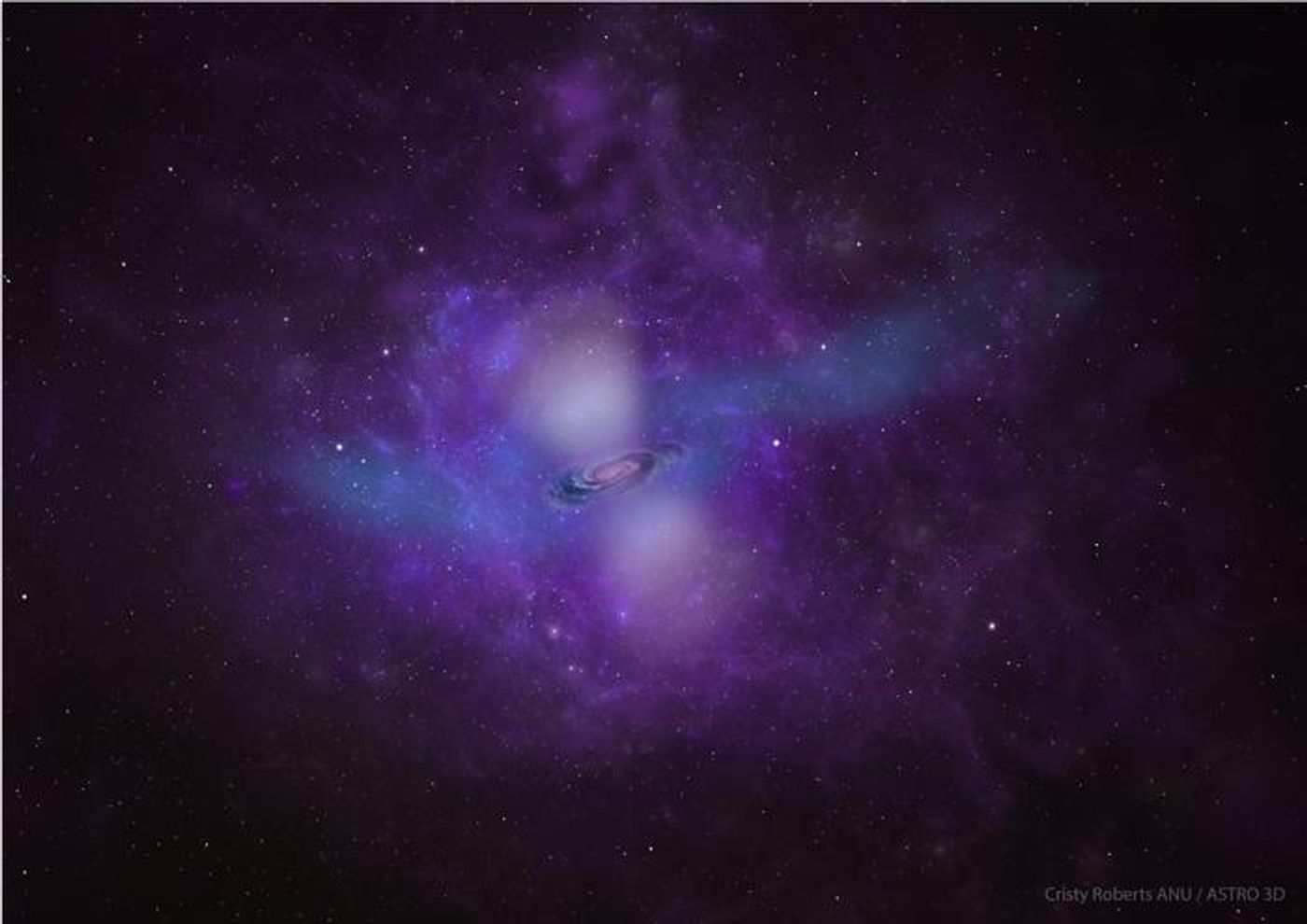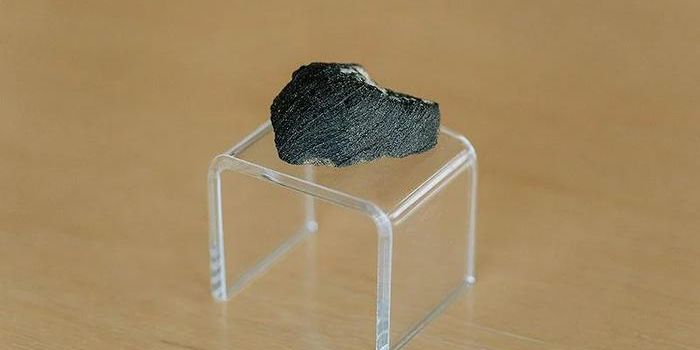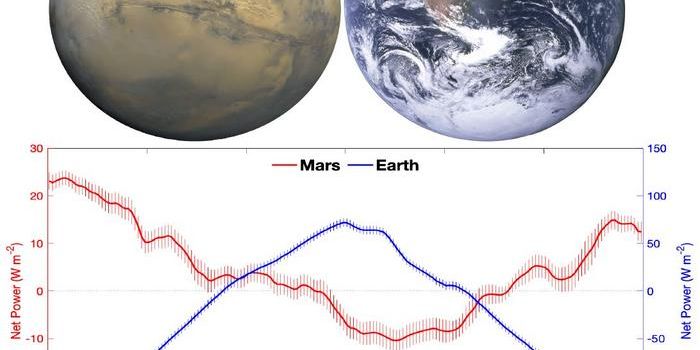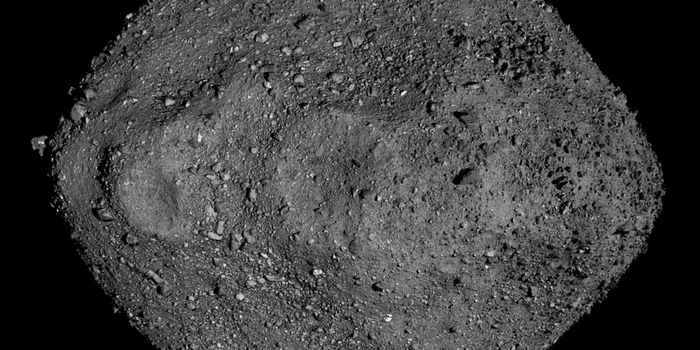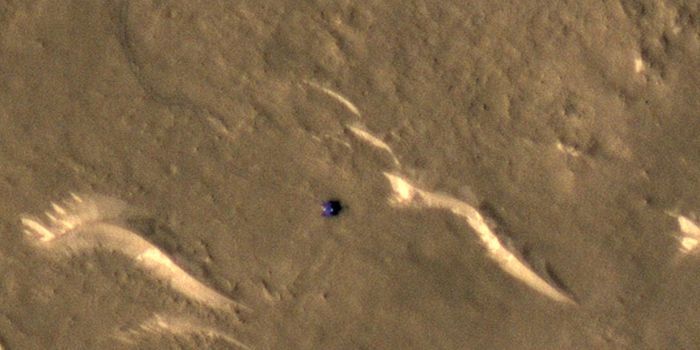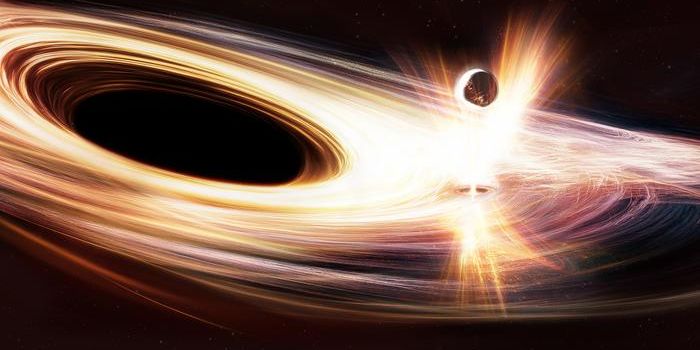A New Look at Galaxy Boundaries: Discoveries from Deep Imaging of Cosmic Gas
What are the exact sizes of galaxies, and are they bigger than they appear in deep space images? This is what a recent study published in Nature Astronomy hopes to address as an international team of researchers investigated the dust cloud that has long been hypothesized to orbit galaxies, indicating that galaxies are bigger than they appear. This study holds the potential to help scientists better understand the formation and evolution of galaxies, along with where the galaxy ends, and open space begins.
For the study, the researchers examined what’s known as the circumgalactic medium (CGM), which is a gas reservoir that extends far beyond a galaxy’s observable boundary, within a star-forming galaxy located 270 million light-years from Earth. Using novel imaging methods with ASTRO 3D, the researchers were able to observe this galaxy’s CGM extends as far out as 100,000 light-years beyond the galaxy’s observable boundary. Additionally, the team reports the physical aspects of the gas cloud, which is comprised of oxygen and hydrogen, changed as the gas cloud extended farther out.
Visualization from ASTRO 3D of the gas reservoir surrounding the star-forming galaxy, IRAS 08339+6517. (Credit: Cristy Roberts ANU/ASTRO 3D)
“The circumgalactic medium plays a huge role in that cycling of that gas,” said Dr. Nikole Nielsen, who is an assistant professor at the University of Oklahoma and lead author of the study. “So, being able to understand what the CGM looks like around galaxies of different types – ones that are star-forming, those that are no longer star-forming, and those that are transitioning between the two –we can observe differences in this gas, which might drive the differences within the galaxies themselves, and changes in this reservoir may actually be driving the changes in the galaxy itself.”
Going forward, this research could help researchers answer fundamental questions regarding the formation and evolution of galaxies, specifically focusing on the collection and distribution of gas within its influence.
What new discoveries about galaxy sizes will researchers make in the coming years and decades? Only time will tell, and this is why we science!
As always, keep doing science & keep looking up!
Sources: Nature Astronomy, EurekAlert!, The ARC Centre of Excellence for All Sky Astrophysics in 3 Dimensions
